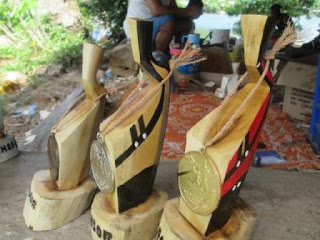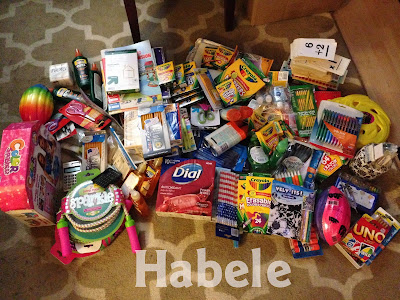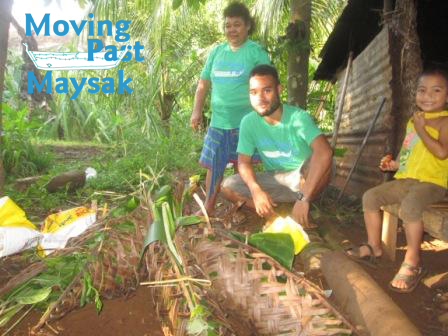"A Peace Corps volunteer couldn't hope for a better duty assignment than Tamilang Elementary School," exclaims Laurel Taylor.
That K-8 school serves the the historic municipality of Tomil, on the storied and remote Island of Yap in Micronesia. Motivated and organized, the local community does everything possible to let the talents of their creative and intelligent students shine.
To encourage them in their imaginings and English language acquisition, Taylor began to pursue the community's longstanding interest in improving Tailing's library. She made it her top goal at the beginning of this academic year. Typhoon Sudal had ripped the roof off the building and destroyed half the school's books, leaving outdated encyclopedias and reference books and molding picture books.
With limited resources and scarce funding, Talor and the staff needed to get creative in pursuing the goal. She reached out to Habele, which supports Peace Corps volunteers tackling important school and library projects. Habele offered to print custom shirts the school and others could sell, raising funds. Those receipts would be dedicated for new books and shipping fees.
The staff announced a t-shirt design contest amongst the students, grades 1-8. Winner would receive $20 and a free shirt with his/her design. Many of the students are talented artists. Taylor reports the educators were overwhelmed by the both the quality and quantity results. Almost every student submitted a design -80 of 98 eligible students- having created their own slogans and images.
One student’s work stood out to judges. His name is Gulul Faimau, currently in the fifth grade. Mr. Faimau managed to incorporate betel nut trees, stone money, an outrigger canoe, and a book, tying together key island, municipality and education themes. "He is very modest, so I had to force him to take this picture (but I couldn’t get him to sign the shirt!). His work is excellent and we love giving him the opportunity to share it with the world," says Taylor.
Habele volunteers in South Carolina were presented with the challenge of translating Gulul's brilliant creation into a form that could be silk screened onto a tri-blend t-shirt and subsequently withstand the rigors of heat, sunshine and a brutally brackish wash cycle on Yap. Now that navy blue monochrome image is being printed onto shirts and sent to the Gulul and his peers.
"The students are all very excited for the library refurbishment plans," Laurel continues. "Today, I received a note from two of my sixth grade girls asking if they could help with the library when it’s ready in any way possible because they love being around the books, “pretty, pretty please.”
Share














































